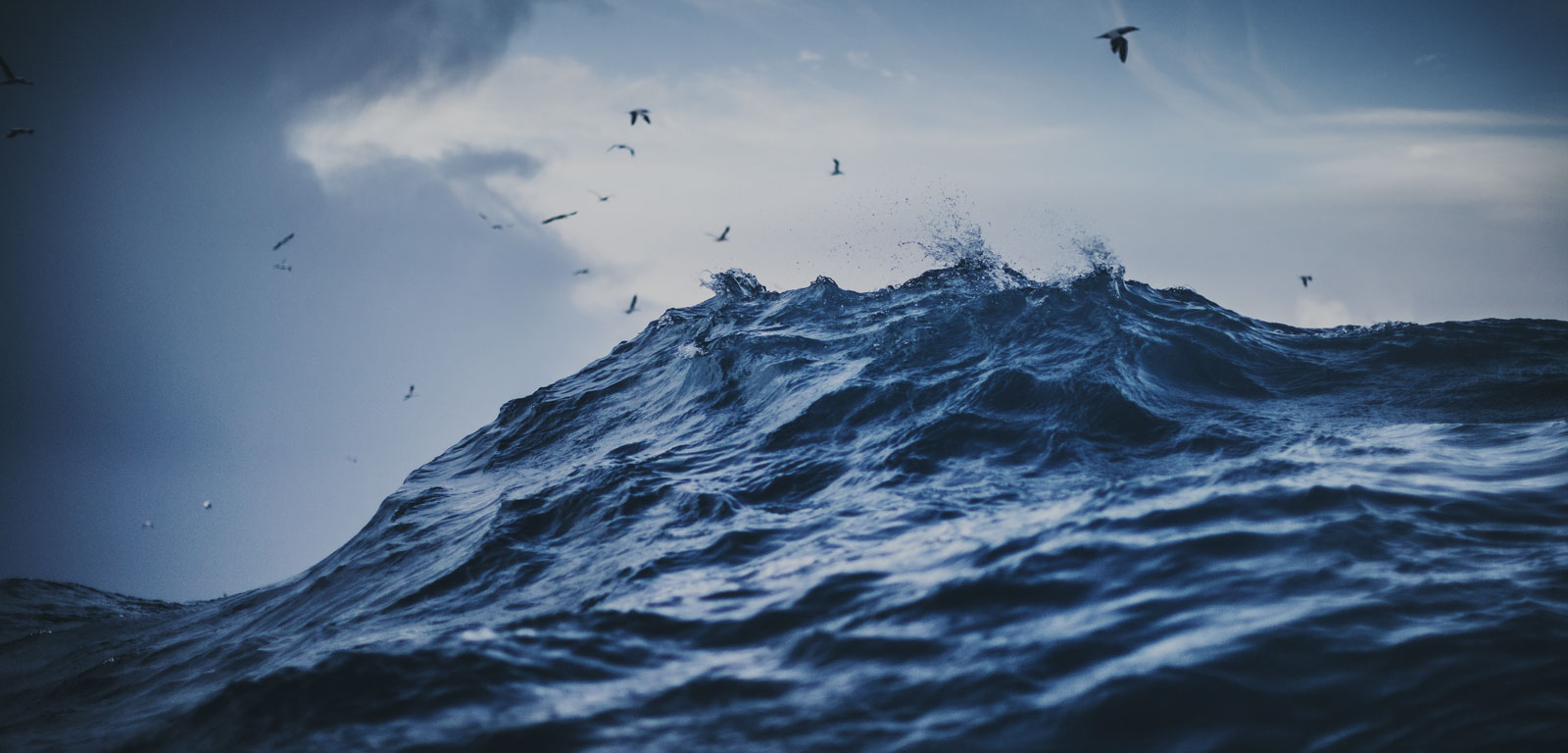Gaia
Ezin izan da edukia sortu, beranduago saiatu. Arazoak aurrera jarraitzen badu, jarri harremanetan CAUrekin (Tlf: 946014400 / Email: cau@ehu.eus / Web: https://lagun.ehu.eus).
Ezin izan da edukia sortu, beranduago saiatu. Arazoak aurrera jarraitzen badu, jarri harremanetan CAUrekin (Tlf: 946014400 / Email: cau@ehu.eus / Web: https://lagun.ehu.eus).


